Dora Petrella
How We Built a Machine Learning-Based Recommendation System (And Survived to Tell the Tale)
#1about 5 minutes
Defining the business need for product recommendations
A recommendation system for substitute products is needed across multiple touchpoints to prevent lost sales from out-of-stock items.
#2about 2 minutes
Analyzing the limitations of the existing recommender
The previous system, based on the Jaccard coefficient, produced low-quality recommendations, particularly for new or unpopular items.
#3about 5 minutes
Using the Prod2Vec algorithm for recommendations
The Prod2Vec algorithm, adapted from Word2Vec, learns product relationships by analyzing co-occurrence within user session context windows.
#4about 2 minutes
Improving predictions with Meta-Prod2Vec and metadata
Incorporating product metadata like category and brand into the model (Meta-Prod2Vec) significantly improves recommendation quality for long-tail items.
#5about 2 minutes
Implementing the end-to-end MLOps pipeline
The production system uses dbt for data transformation, a Vertex AI pipeline for model training, and Elasticsearch for efficient vector similarity search.
#6about 3 minutes
Evaluating model performance with offline and online metrics
Offline metrics like NDCG confirmed model quality, while mirror traffic analysis showed a 45% increase in product recommendation coverage.
#7about 3 minutes
Visualizing product relationships with embedding projector
Using TensorFlow's Embedding Projector tool reveals how the model groups similar products into distinct clusters in a high-dimensional space.
#8about 3 minutes
Adopting pragmatic baselines and automated data analysis
Key project takeaways include using simple business-logic baselines for benchmarking and automating exploratory data analysis within the ML pipeline itself.
#9about 1 minute
Understanding the project team and final timeline
The project was completed in nine months by a cross-functional team of data engineers, data scientists, and software developers.
Related jobs
Jobs that call for the skills explored in this talk.
Matching moments

00:11 MIN
The challenge of operationalizing production machine learning systems
Model Governance and Explainable AI as tools for legal compliance and risk management

02:06 MIN
Real-world examples of machine learning in e-commerce
Data Science in Retail
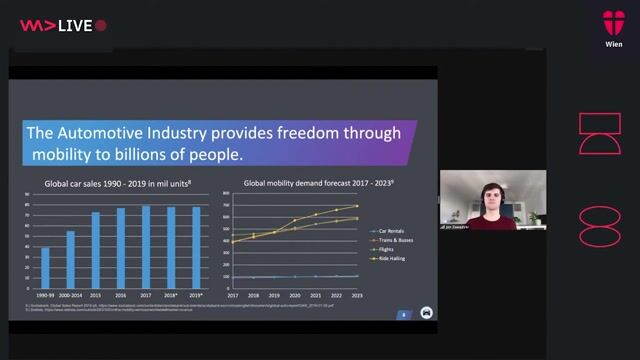
07:04 MIN
How machine learning creates value from automotive data
How Machine Learning is turning the Automotive Industry upside down
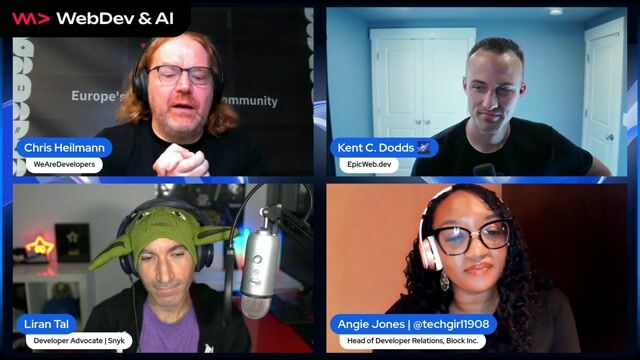
01:56 MIN
The challenge of AI-generated content in DevRel
Exploring AI: Opportunities and Risks in Development
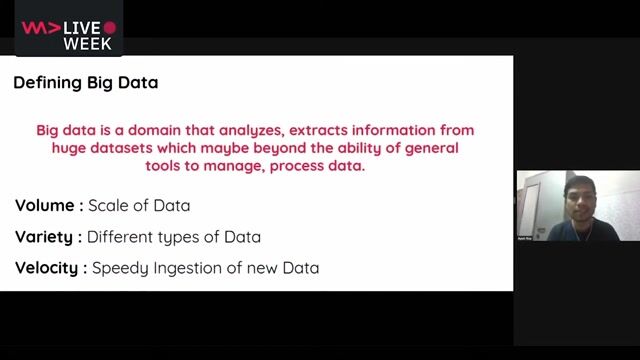
05:02 MIN
Combining big data and machine learning for business insights
PySpark - Combining Machine Learning & Big Data
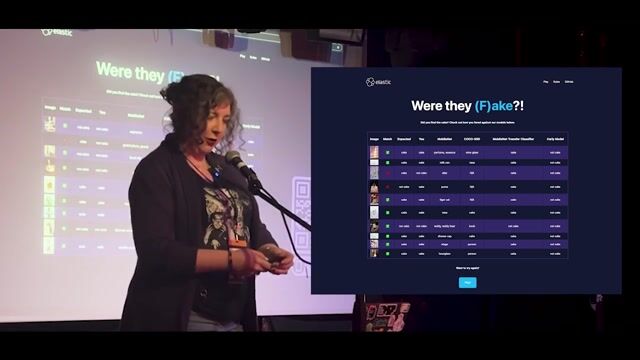
24:35 MIN
Key takeaways from the machine learning journey
Mastering Image Classification: A Journey with Cakes

11:13 MIN
Applying machine learning to automated driving and personalization
How Machine Learning is turning the Automotive Industry upside down

09:14 MIN
Exploring practical AI use cases and maturity at Zalando
Navigating the AI Revolution in Software Development
Featured Partners
Related Videos
 58:21
58:21Data Science in Retail
Julian Joseph
 39:27
39:27Design as an algorithm, not as a feature
Kaya Sohyun Kim
 35:16
35:16How AI Models Get Smarter
Ankit Patel
 26:25
26:25Machine learning 101: Where to begin?
Lutske De Leeuw
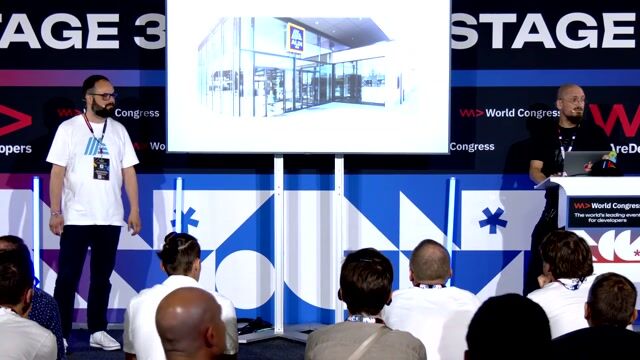 22:41
22:41Empowering Retail Through Applied Machine Learning
Christoph Fassbach & Daniel Rohr
 37:24
37:24Deployed ML models need your feedback too
David Mosen
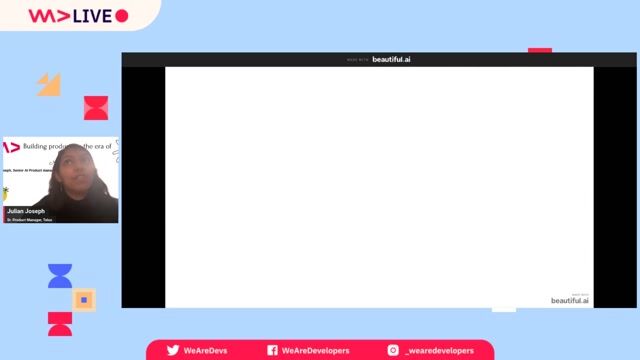 59:39
59:39Building Products in the era of GenAI
Julian Joseph
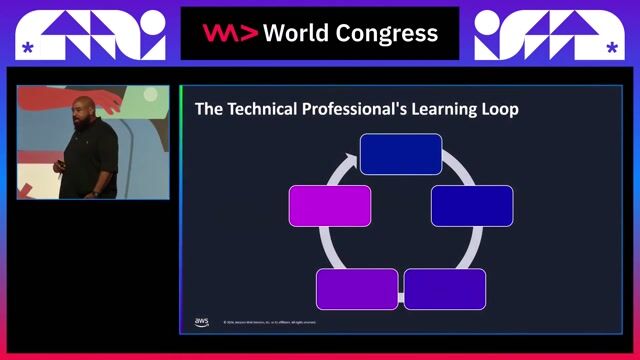 26:54
26:54Make it simple, using generative AI to accelerate learning
Duan Lightfoot
From learning to earning
Jobs that call for the skills explored in this talk.

Machine Learning Scientist - Hybrid
dida Datenschmiede GmbH
Remote
Python
Computer Vision
Machine Learning

Machine Learning Researcher - Hybrid
dida Datenschmiede GmbH
Remote
Computer Vision
Machine Learning
Natural Language Processing

Delivery Consultant - Machine Learning (GenAI), ProServe EMEA
Amazon.com, Inc
Intermediate
R
Python
Matlab
Terraform
Machine Learning
+2

Delivery Consultant - Machine Learning (GenAI), ProServe EMEA
Amazon.com, Inc
Intermediate
Python
Terraform
Machine Learning
Amazon Web Services (AWS)
Scripting (Bash/Python/Go/Ruby)

Delivery Consultant - Machine Learning (GenAI), ProServe EMEA
Amazon.com, Inc
Senior
Spark
Hadoop
PyTorch
Machine Learning
Amazon Web Services (AWS)


Machine Learning Engineer II (Data Pipelines - Marketplace Intelligence & Partner Optimization)
Expedia Group
Intermediate
Hive
NoSQL
Scrum
Spark
Python
+3

